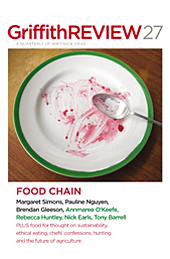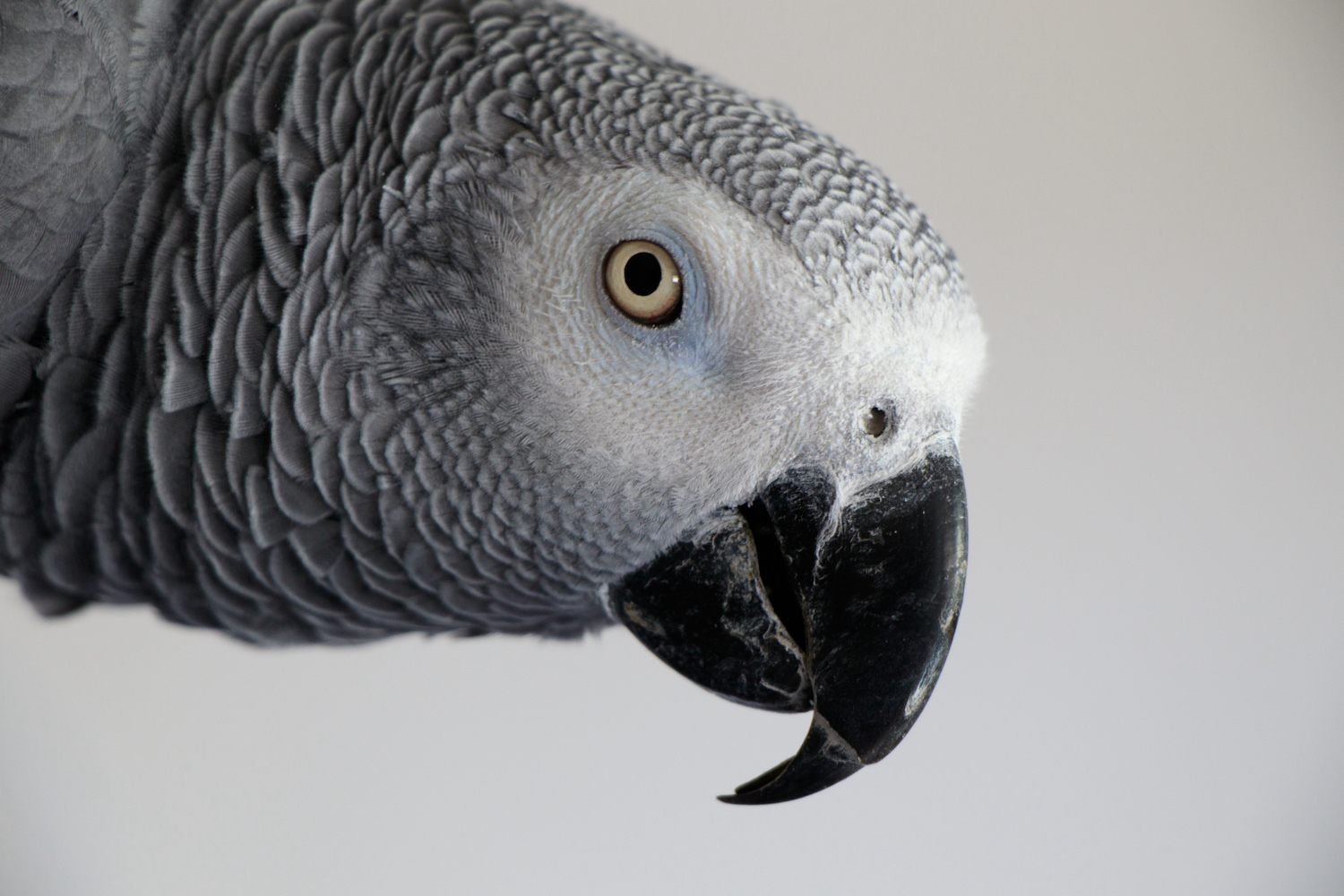Featured in

- Published 20100302
- ISBN: 9781921520860
- Extent: 264 pp
- Paperback (234 x 153mm)

Already a subscriber? Sign in here
If you are an educator or student wishing to access content for study purposes please contact us at griffithreview@griffith.edu.au
Share article
About the author

Annmaree O’Keeffe
Annmaree O'Keeffe has worked in government and international aid organisations since 1980 in a number of developing countries, including Papua New Guinea, where she...
More from this edition

Re-thinking animals
EssayRecognising that animals have consciousness is a huge step for humans, and dangerous, too, as it might well undermine not only traditional thinking but our traditional means of survival – that is, what we eat.

Beyond the recipe
Essay‘EATING IS NOT merely a biological activity, but a vibrantly cultural activity,' the food anthropologist Sidney Mintz reminds us. Our eating and shopping choices...

Scenes from life with father
MemoirPICTURE A WINTER'S evening in a kitchen in Wellington, New Zealand. An Antarctic wind stalks the house, rattling windows in its quest for a...